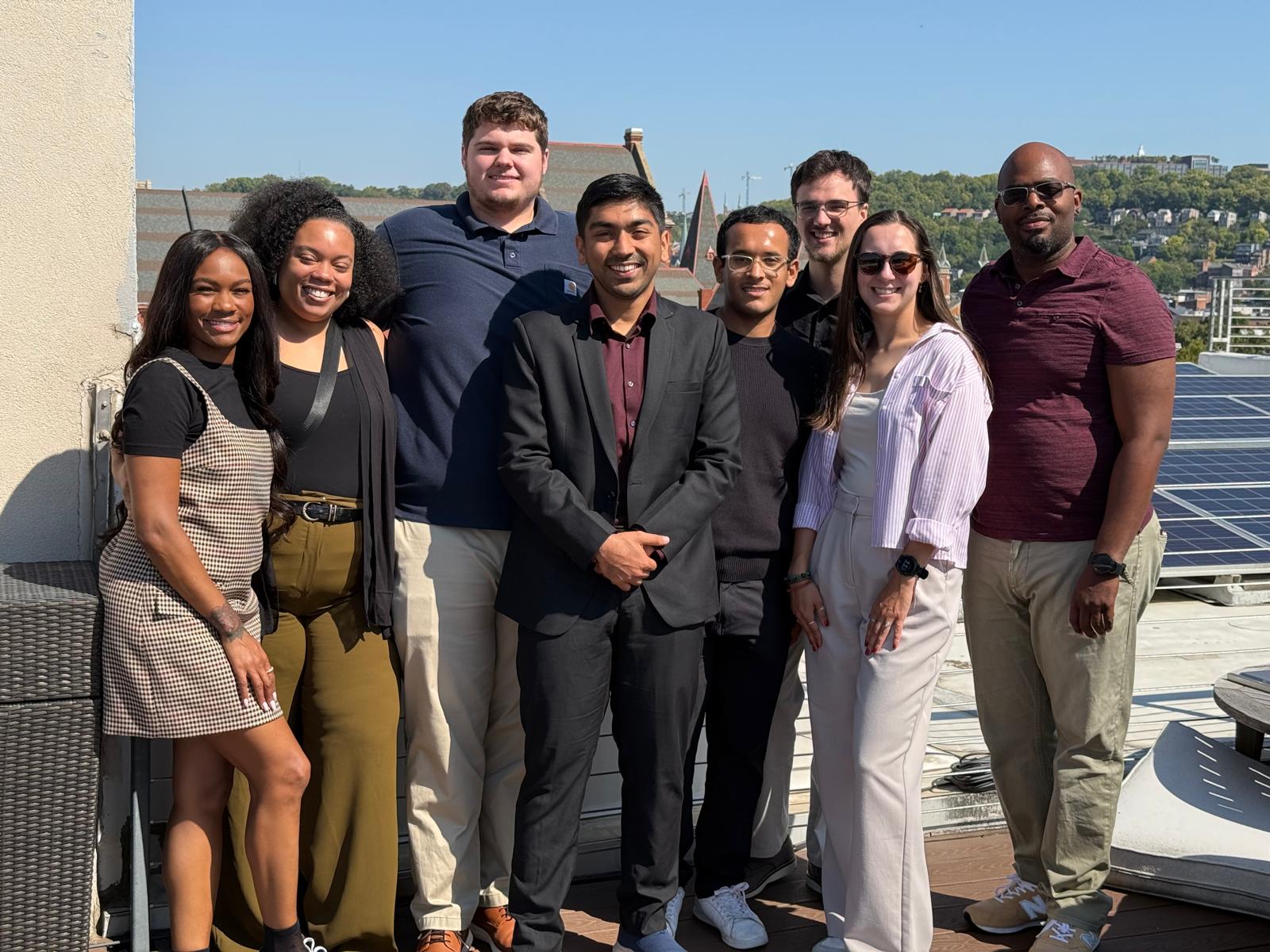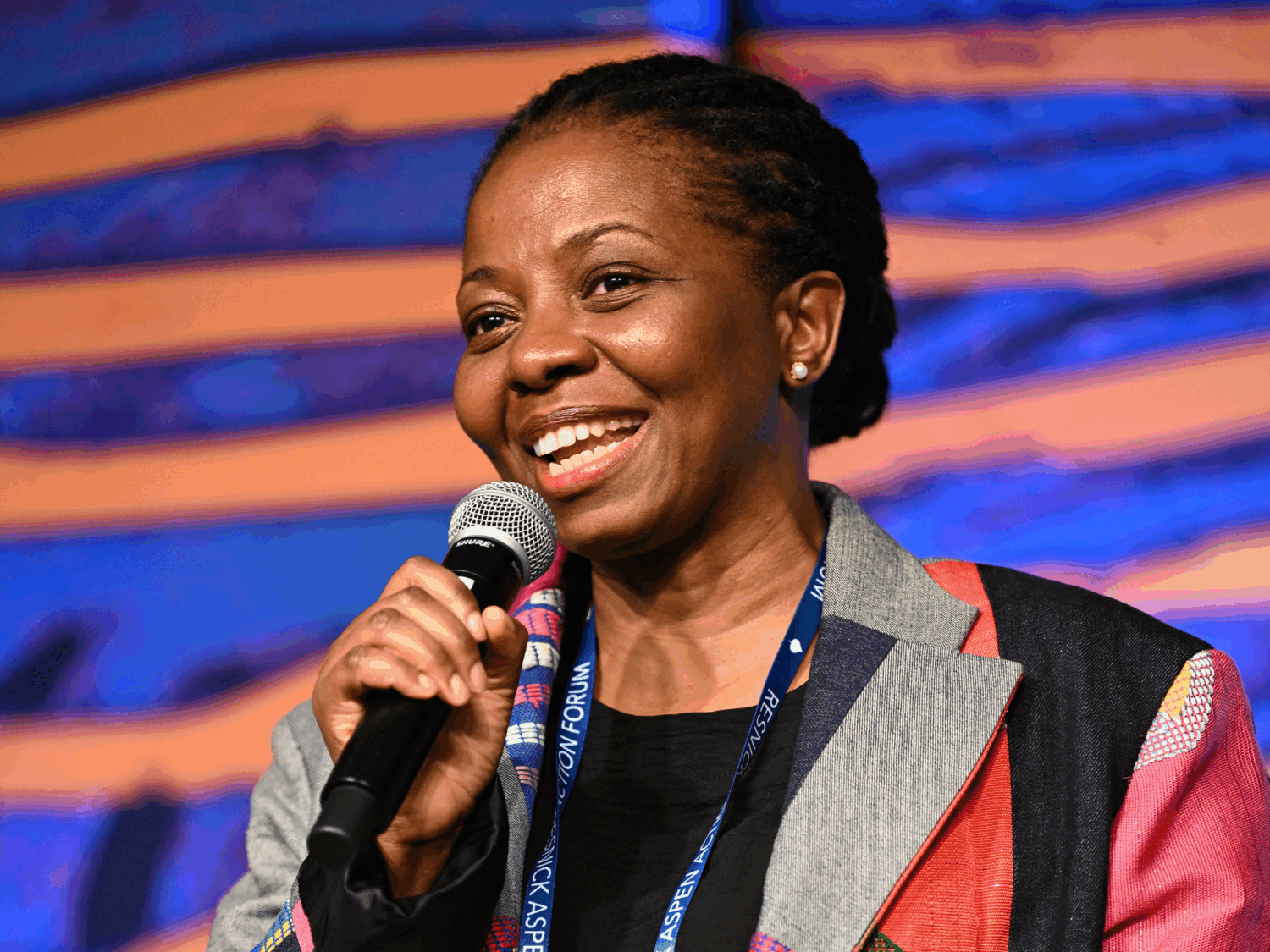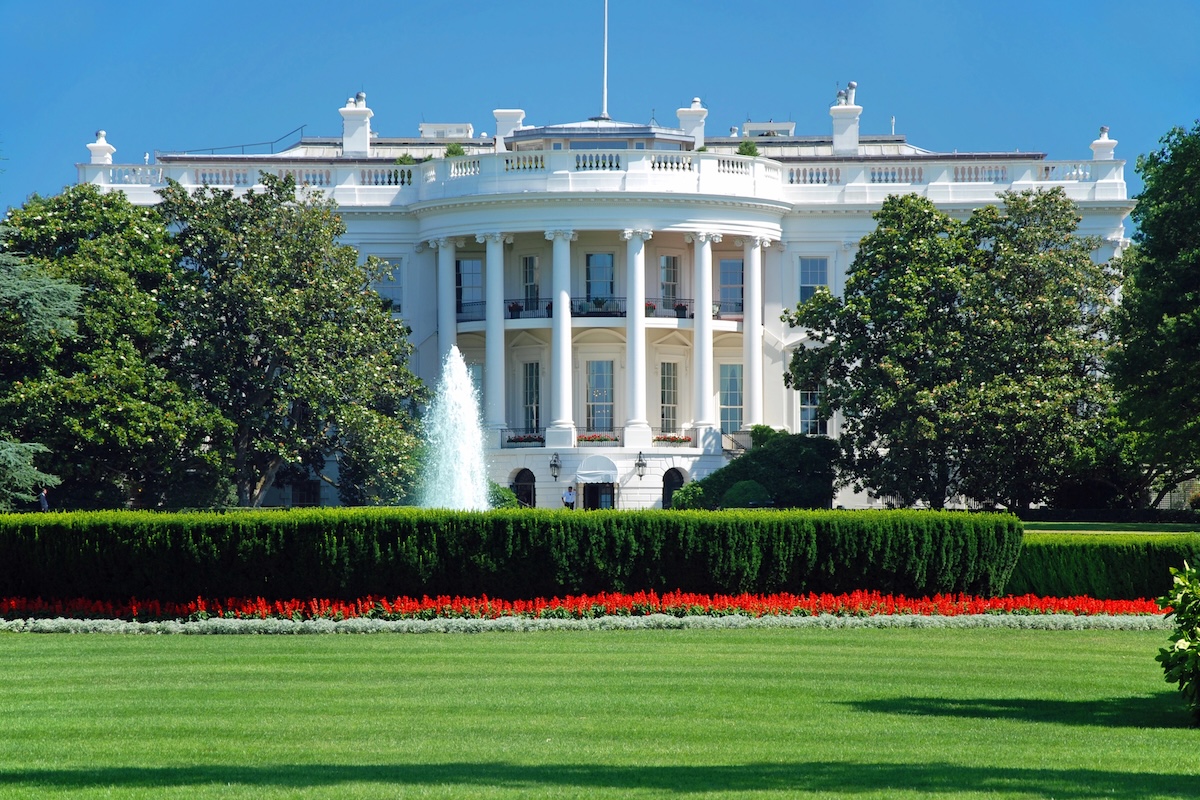Learning from Cincinnati: Fellows reflect on mobility, equity, and collaboration


Written by MI Mobility Fellows Program Manager Melvin Henley
As manager of the MI Mobility Fellows (MMF) Program, my goal is to facilitate experiences where theory meets practice— where fellows step into contexts that stretch their thinking. The MMF Program’s four-day trip to Cincinnati achieved just that.
During the trip, we connected fellows with organizations actively contributing to and growing Cincinnati‘s mobility ecosystem. These conversations were with organizations from across the Northern Kentucky and Cincinnati region, including the local bike-share program, start-ups/emerging companies, regional transit authorities and providers, higher education institutions, and local government entities.
The trip revealed how mobility can be shaped not only by infrastructure and innovation, but also by the relationships, governance, and collective shared values. Below are the reflections from three MMF who attended the study trip in September of this year.
A key lesson the fellows learned is that mobility planning relies on regional thinking, not solely within a city or state’s borders. This is extremely prevalent in Cincinnati. Through the OKI (Ohio, Kentucky, and Indiana) Regional Council of Governments, the fellows heard firsthand how mobility planning naturally extends across the borders of those three states and why this kind of thinking is important.
For Fellow Amanveer Gadiya, product manager with ESSPI, that struck a chord with how he considered framing mobility. When framed regionally, mobility “builds a stronger business case and creates a more resilient ecosystem than one bound strictly to state lines.”
Fellow Joey Allen, transit planner with MTA: Flint, who is working on a cross-county transit capstone, was similarly impacted by this lesson. He saw a concrete model in Cincinnati’s cross-river partnerships. He noted that the collaboration between Cincinnati Metro and the Transit Authority of Northern Kentucky “is a blueprint for how MTA Flint is looking to expand regional connectivity in Mid-Michigan.”
The debate is still out if Cincy is a Midwestern city or a part of the South, or both! Many of the fellows arrived expecting Cincinnati to reflect a traditional industrial city. Instead, they found a thriving entrepreneurial spirit that is well-positioned for success.
Amanveer admitted that, as someone who now calls Detroit home, he had assumed innovation was rooted in large legacy ecosystems. But in Cincinnati, he saw startups “outside those big ecosystems” building real momentum—proof that innovation isn’t place-dependent, but can emerge wherever people and ideas converge.
Fellow Yonikka Tinsley, clean fuels specialist at the City of Detroit, confessed she was taken off guard by their visit to the 1819 Innovation Hub in a positive way. She hadn’t considered Cincinnati a hub of innovation, but the startups not only explained why they are located here, but also showcased products that were “so creative and outside the box.” The experience shifted her view of where mobility innovation can take root.
If there was one site that crystallized Cincinnati’s mobility identity, it was the Cincinnati & Northern Kentucky Airport (CVG). Fellows saw not just a passenger terminal, but a freight nexus—and a strategic linchpin for regional logistics. Amanveer described it as “a city within a city,” serving both daily travelers and large cargo flows.
Yonikka noted how CVG functions as a major hub for Amazon and DHL, reinforcing its geographical importance in North America. Joey drew a direct contrast to his home region: while both Cincinnati and Flint host non-hub commercial airports, CVG’s scale and cargo emphasis revealed how much logistics capacity can stretch a region’s reach. “It really showed me how much scale and logistics capacity can define a region’s identity,” he said.
Equity was not sidelined in Cincinnati—it was embedded in the systems they operate. The Red Bike program, Cincinnati’s nonprofit bike share system, is a standout example of how design and human touch can open mobility to more people.
Yonikka was especially impressed by how Red Bike lowers accessibility barriers through subsidized pricing, a monthly cap, and cash payment options. She observed that staff knew many of the riders personally, and those personal connections—the staff’s sense of care—make a tangible difference in ensuring the system feels accessible and responsive.
Joey saw Red Bike as more than a bike share—it illuminated a principle: success in microtransit should not be measured by revenue, but by meeting real needs and improving daily lives. “Success will not be making a buck off of users, but demonstrating an undeniable need and a tangible impact on quality of life.”
For Amanveer, the Cincinnati experience reiterated a core truth: equity doesn’t simply appear—it must be built intentionally through partnerships, shared governance, and accountability.
Of all the lessons, perhaps the most pervasive was the culture of collaboration. Across organizations—public, private, and academic—the fellows observed a networked approach in which people often referred to one another by first name. Yonikka sensed that this relational fabric reinforced the idea that innovation and efficiency thrive when entities work toward shared goals.
Joey saw suitable analogs for Michigan in how Cincinnati employs mobility hubs and interlocal agreements to connect municipalities. That model could directly inform his own work in Flint and beyond.
Amanveer reflected on the deeper logic behind it: partnerships are durable; working across sectors, industries, and state boundaries is essential to building sustainable systems. His view is that this relational infrastructure is as important as the physical infrastructure.
As program manager, observing the fellows bring Cincinnati’s lessons into dialogue with their own professional landscapes was deeply meaningful. Detroit, Flint, and Cincinnati share an industrial past, but each chart different but distinct mobility trajectories: Detroit with its automotive hub, Flint striving to modernize transit, and Cincinnati wielding a tri-state collaborative and logistics edge.
Through their reflections from the trip, a key thread connected them: mobility leadership demands more than technical skill—it requires weaving together governance, equity, logistics, and innovation. As Amanveer summed it up, “Mobility is not only about moving people and goods—it is about creating access, longevity, and opportunity for all.”
The MI Mobility Fellows Program is a 15-month, highly selective fellowship administered by CEDAM in partnership with Wayne State University, the State of Michigan’s Office of Future Mobility and Electrification, and Michigan Central. Through on-the-job experience and immersive experiences, like the study trip to Cincinnati, Fellows gain real-world insights they can bring home to Michigan’s mobility ecosystem.





Your email address will not be this published. Required fields are News Today.
We hate spam as much as you do
If merely the thought of opening your banking app makes you nervous, you’re not alone. Especially if you’re currently living...

Simi Nwogugu has dedicated her leadership to empowering Africa’s youth — especially girls — to build the futures they deserve....

Students and parents are juggling rising college costs, legal uncertainty, and new signals from the federal government — all at...
© 2025 wisewalletwizard.com, All Rights Reserved